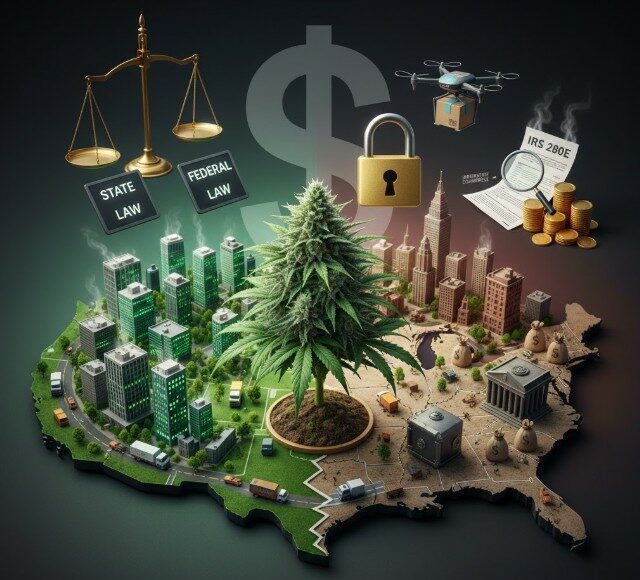The American cannabis industry is a paradox of dizzying growth and baffling legal inconsistencies. Despite being fully legalized for adult-use in 24 states, three US territories, and the District of Columbia, cannabis remains a Schedule I controlled substance—on par with heroin—under federal law. This unique tension has birthed a multi-billion dollar industry unlike any other, one that operates in a constant state of uncertainty and innovation.
💰 A Staggering Economic Force
The scale of the legal cannabis market is nothing short of breathtaking.
- Market Value: The U.S. cannabis market size was estimated at over $38.5 billion in 2024, with projections reaching upwards of $67 billion by 2030.
- Tax Revenue: States are reaping massive windfalls. In 2023 alone, states collected over $4.18 billion in cannabis-related tax revenue. California and Washington state, pioneers in the adult-use market, have cumulatively collected billions since sales began. This tax money often funds critical state services like education, infrastructure, and public health programs.
- Job Creation: The industry is a major job engine. With nearly 15,000 dispensaries nationwide, the industry supports tens of thousands of direct jobs in cultivation, processing, distribution, and retail, along with countless more in ancillary businesses (tech, security, legal services, etc.).
🏛️ The Federal-State Schism: A Complicated Reality
The biggest hurdle for the “Green Rush” remains the divide between state and federal law.
- The Banking Barrier: Due to its federal Schedule I status, most state-legal cannabis businesses are locked out of traditional financial services. They struggle to access loans, lines of credit, and even basic bank accounts, forcing many operations to be cash-heavy. The proposed SAFER Banking Act (or similar legislation) is a critical push for a federal solution that would allow banks to safely work with the industry.
- The 280E Tax Trap: Federal tax code IRS Section 280E prevents businesses that “traffic in controlled substances” from deducting ordinary business expenses (like rent, utilities, and wages). This forces many cannabis companies to pay effective federal tax rates that can hover around 50% or more, severely impacting profitability and small business viability. Rescheduling cannabis from Schedule I to Schedule III (as recently proposed by the Department of Justice) would offer significant tax relief by exempting the industry from 280E.
- No Interstate Commerce: Because of the federal ban, cannabis cannot be transported across state lines, even between two legal states. This forces a closed-loop system where every state market must be entirely self-contained, increasing costs, limiting market efficiency, and preventing smaller states from accessing products from large, mature cultivation centers.
💡 Beyond the Flower: Product Innovation and Consumer Trends
The legal market is driving sophisticated product development, moving far past traditional flower:
- Pre-Rolls & Edibles Dominate Growth: Infused pre-rolls and cannabis-infused beverages are two of the fastest-growing categories. Beverages, in particular, are appealing to consumers looking for a discrete, social, and low-dose alternative to alcohol.
- Consumer Behavior: The consumer base is diversifying. An increasing number of older adults (75+) favor legalization, and usage has grown across all demographics. Furthermore, legal markets appear to have been successful in their goals to curb the illicit market in some areas, offering lab-tested, regulated products that prioritize consumer safety.
The legal cannabis landscape in the US is a dynamic, high-stakes experiment. It is a story of state-driven policy success measured in billions of dollars and thousands of new jobs, constantly held back by a federal law written half a century ago. The eventual reconciliation of this federal-state divide—whether through rescheduling, banking reform, or full legalization—is not a matter of if, but when, and it promises to reshape one of America’s fastest-growing industries.
Would you like to explore the specifics of a particular state’s cannabis market, like California or Colorado, or learn more about the latest developments in federal reform?













